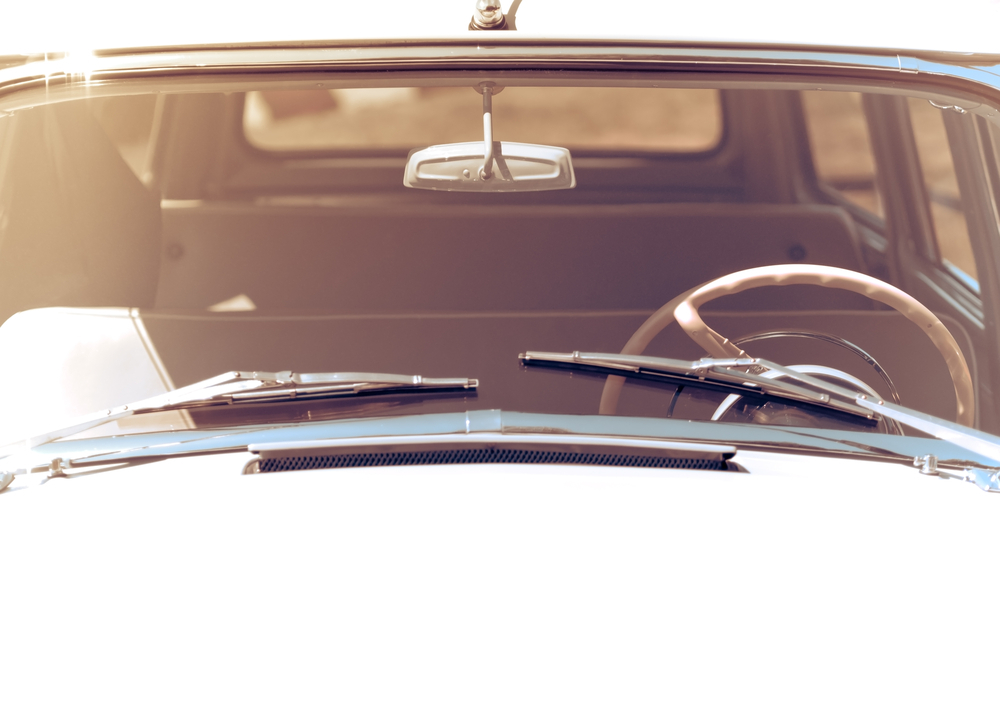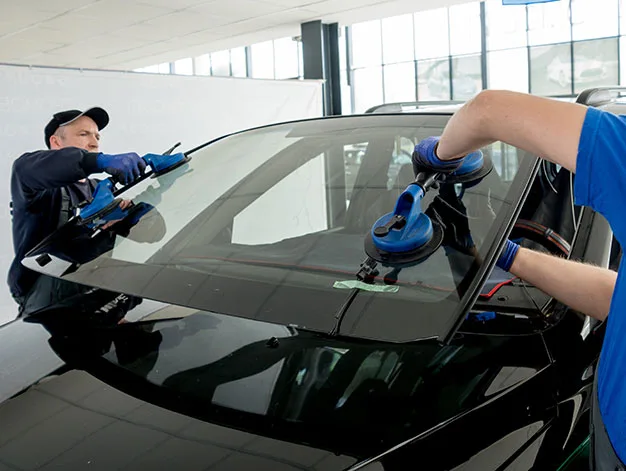The Challenges of Auto Glass Replacement in Vintage and Classic Cars
Understanding the Unique Glass Requirements of Vintage and Classic Cars
Restoring classic car glass? It takes more than just finding parts
- Original glass is often hard to find and requires custom solutions.
- Old frames and seals may also need replacing.
- Safety upgrades must be balanced with authenticity for value and insurance.
Vintage and classic cars have a timeless elegance and irreplaceable value. They hold a special place in the hearts of car fans and collectors. But fixing these car treasures, especially for auto glass, is hard. The glass in vintage and classic cars is not just functional. It's also integral to their character and authenticity.

Navigating the Scarcity of Original Glass and Custom Solutions
One key challenge is finding the original parts for vintage and classic cars. Modern vehicles have replacement parts. But finding the right glass for a classic car is like finding a needle in a haystack. It often needs lots of research. And help from suppliers who deal with old car parts.
Custom Cutting and Shaping: A Skilled Art
When the original glass is unavailable, you must cut and shape custom glass. This process is a skilled art. It requires a deep understanding of the car's make and model. It also needs expertise in handling the materials. The glass must match the original in curvature, thickness, and tint. This is to keep the car's original look and value.
Dealing with Frame and Seal Deterioration
Another big challenge is dealing with the decay of the frame and the seals that hold the glass. Over time, these components can rust, corrode, or simply wear out, necessitating not just glass replacement but also frame restoration. This process can be intricate and time-consuming, requiring precision and attention to detail.
Navigating Modern Safety Standards with Vintage Aesthetics
Modern safety standards often pose a challenge when replacing auto glass in vintage and classic cars. You must follow these standards for safety. But you must also keep the car's vintage look. Balancing these is hard. Modern glass might not fit well in a classic car's design.
Technological Advances and Authenticity Concerns
Auto glass technology has advanced. It now has better UV protection, shatter resistance, and thermal properties. These improvements offer benefits but also raise concerns about authenticity. Purists often debate whether to embrace these advancements or stick to the originals. They debate materials and designs. They do this to keep the car's historical integrity.
Insurance and Value Implications of Glass Replacement
Replacing the glass in old cars affects insurance. It also affects the car's value. We need to be careful. We must ensure the replacement does not reduce the car's value. This often requires documenting the process and materials.
Concluding Thoughts
In conclusion, replacing auto glass in old cars is a unique task. It combines the skills of a craftsman, the knowledge of a historian, and the precision of an engineer. A deep understanding of the vehicle is needed. It needs a commitment to authenticity and an awareness of modern safety standards. For car lovers who want to keep these icons, the challenges are part of the journey. They make sure these timeless cars keep gracing our roads. They also keep capturing our imaginations.
